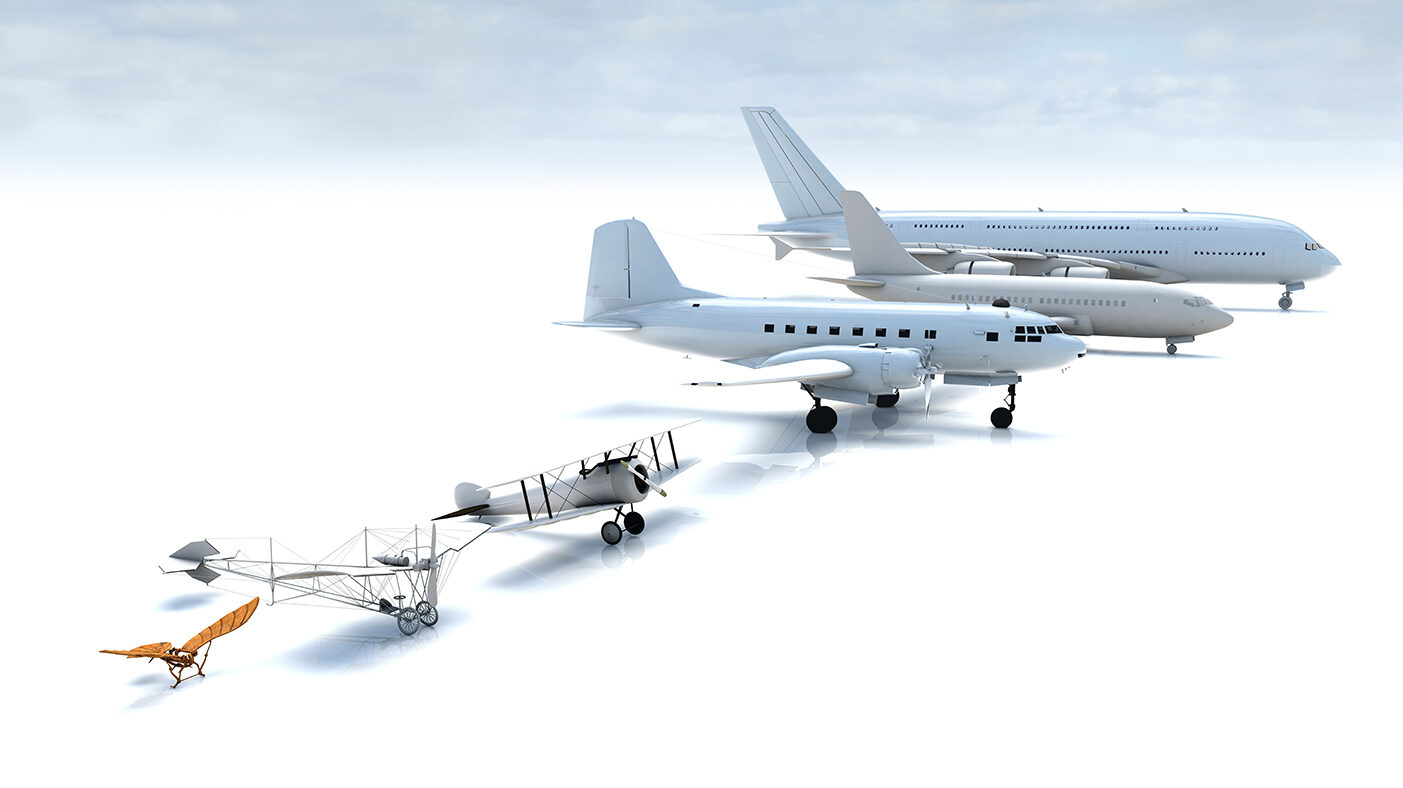
Airplane History Timeline
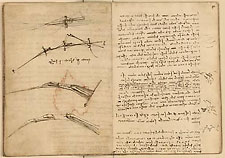
Leonardo da Vinci sketches designs for flying machines, including the ornithopter, a machine that would fly by flapping its wings like a bird.

In 1925 the Lightweight air-cooled radial engines were invented and with them planes can be bigger and faster.
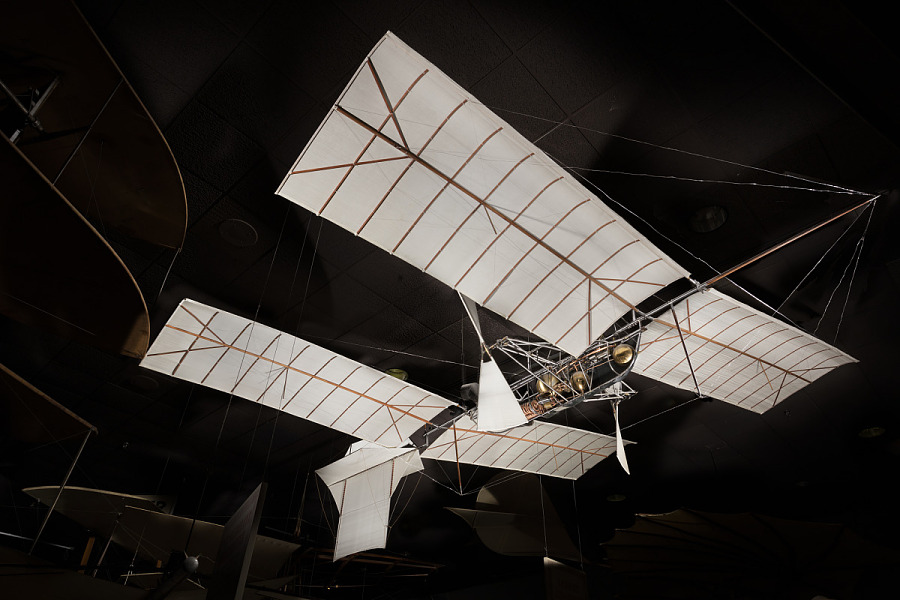
Samuel Pierpont Langley successfully tests a steam-powered model airplane.

The Wright Brothers, Orville and Wilbur, achieve the first powered, sustained, and controlled flight in their aircraft, the Wright Flyer.

The first air mail flight takes place in the United States, and the first air passenger service begins.
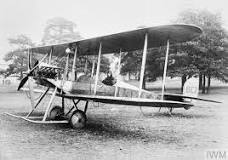
Airplanes play a major role in World War I, used for reconnaissance, bombing, and dogfighting.
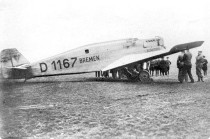
The first transatlantic flight takes place, from Newfoundland to Ireland.

Charles Lindbergh becomes the first person to fly solo across the Atlantic Ocean.
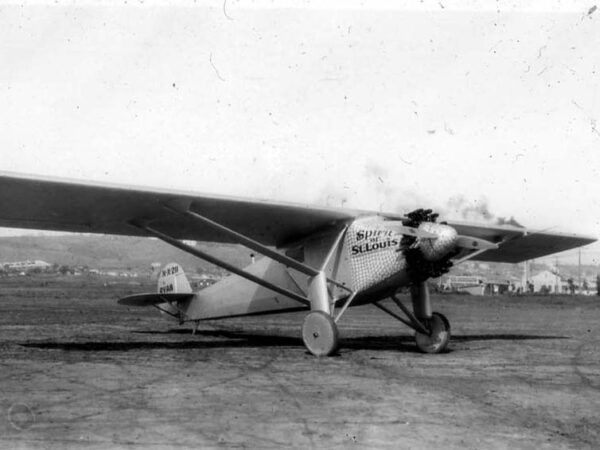
Airplanes become faster and more reliable, with the introduction of multi-engine aircraft, pressurized cabins, and more powerful engines.
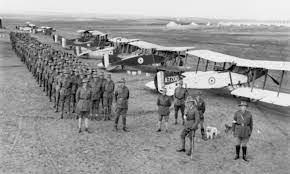
Airplanes play a crucial role in World War II, with major advances in military aircraft technology, including the development of jet-powered aircraft.

Chuck Yeager becomes the first person to fly faster than the speed of sound in the Bell X-1 aircraft.
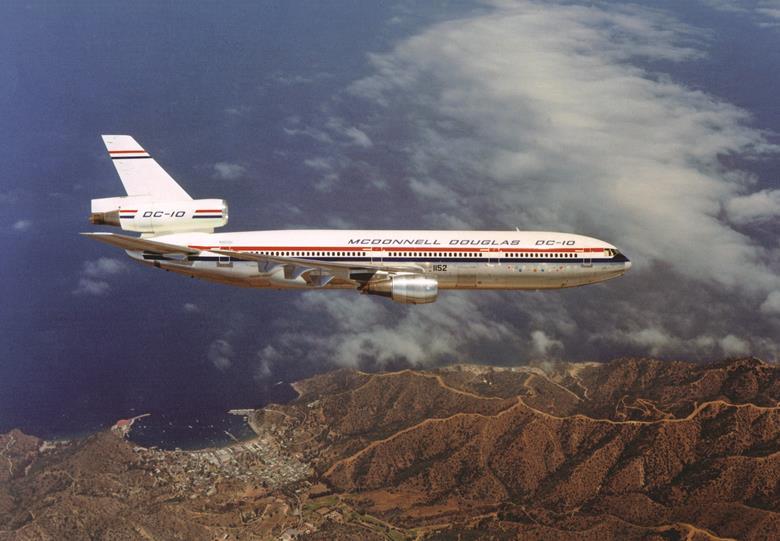
The introduction of wide-body jetliners, such as the Boeing 747 and the Airbus A300, leads to a revolution in air travel and opens up new possibilities for long-haul flights.
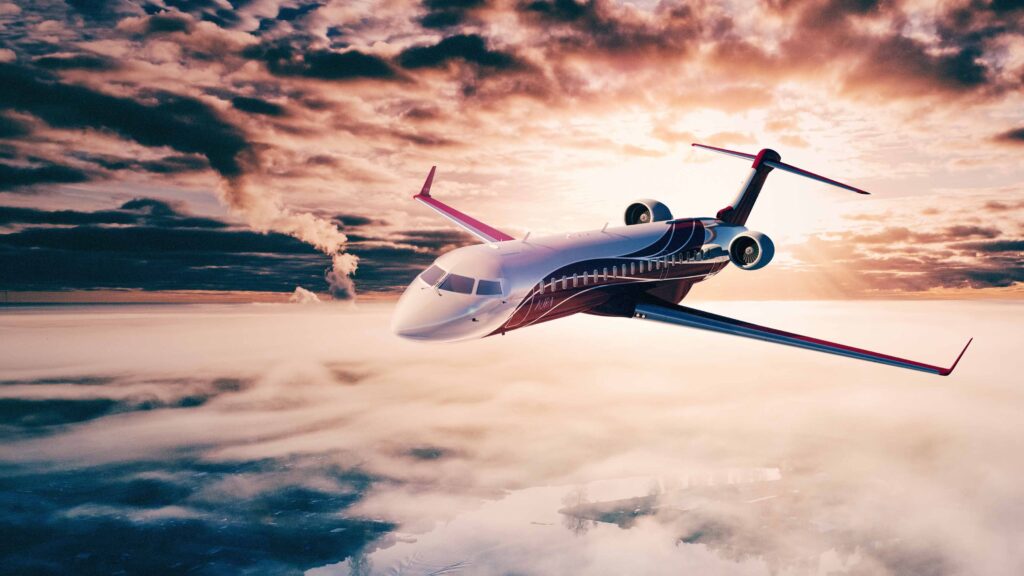
The introduction of smaller, more fuel-efficient regional jets and the growth of low-cost carriers leads to a new era of affordability and accessibility in air travel.
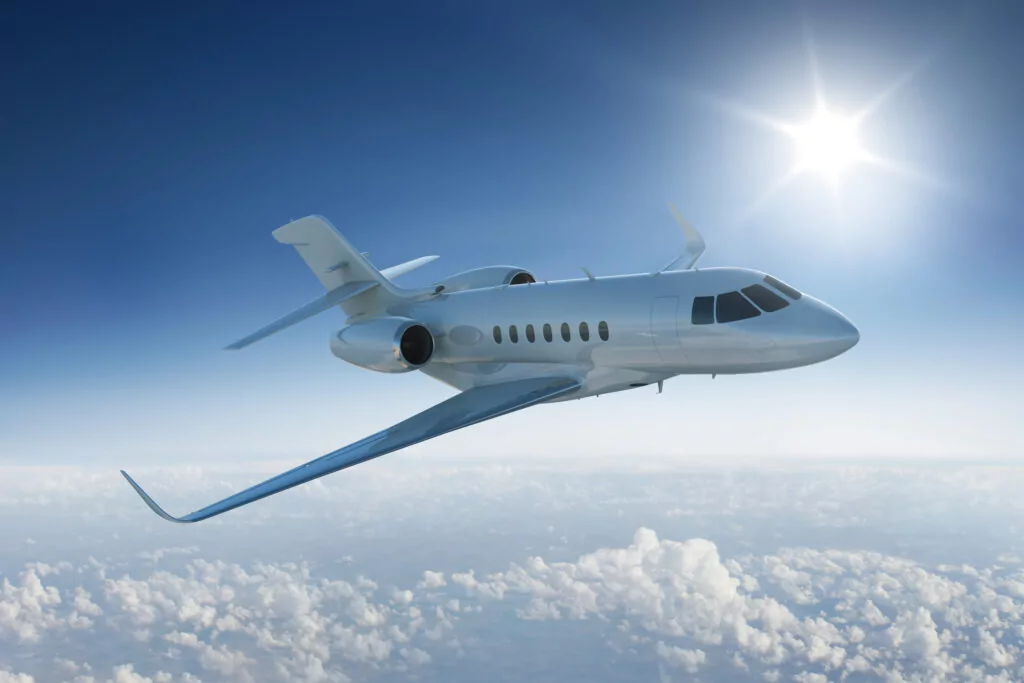
Advances in technology, including the development of electric and autonomous aircraft, continue to shape the future of aviation and make air travel more efficient, sustainable, and accessible.